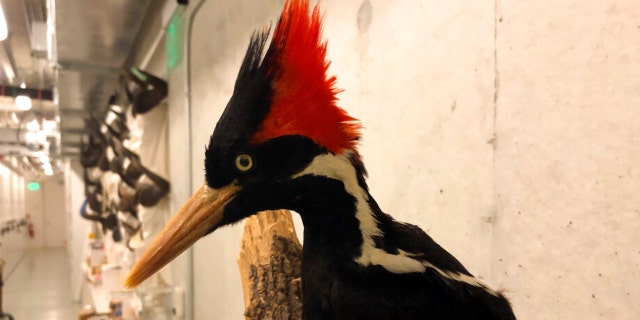Amazon Astro robot leak alleges big privacy and durability concerns

Only hours after Amazon took the wraps off its pricey Astro robot comes a damning report that alleges numerous privacy, navigation, and durability concerns related to the product. Multiple sources who allegedly worked as developers on the Astro project made serious claims about the product, with one going so far as to call the robot “terrible.”
The claims were recently published by VICE‘s Motherboard, which alleges that it acquired internal video recordings and documents related to Amazon’s Astro robot. The report also cites multiple insiders who are said to have been developers on the Astro project, quoting allegations related to the robot’s performance and privacy.
Amazon presents Astro as a “helpful, capable robot for your home,” one that is intended to help its owner monitor their home, stay in contact with other people, and access Alexa anywhere in the home. Among other things, Ring Protect Pro subscribers can use Astro to patrol their home while away, using the various tech systems on the robot to investigate issues and save video clips for review later on.
The new Motherboard report paints a different picture, describing Astro as a surveillance device that works to identify anyone it encounters in the home, going so far as to follow around anyone it doesn’t recognize as they move throughout the house. Users have the option to turn this ‘Sentry’ mode off; when it’s on, the robot may, the report claims, do things like record audio and video of someone identified as a stranger and upload the content to the cloud.
Beyond that, Astro will, the leaked documentation allegedly revealed, follow their owners around in order to learn their behaviors and things about the home, such as where it is most likely to get bumped into by a human and where people generally congregate in the house. Amazon senior PR manager Kristy Schmidt commented on the report to Motherboard, stating that “a lot” of Astro’s data processing takes place on-device, which includes processing the raw sensor data and photos needed for the robot to navigate around the owner’s home.
Perhaps more troubling are allegations from sources who claim that Astro isn’t yet ready for the spotlight. One source claimed, “Astro is terrible and will almost certainly throw itself down a flight of stairs if presented the opportunity.” Other allegations include the claim that Astro’s “person detection is unreliable at best” and that the robot’s “feel fragile” for something that costs a grand.
















